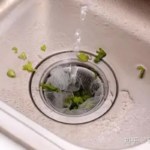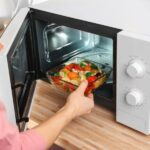Maintaining proper hygiene for your eating utensils is crucial, especially when it comes to chopsticks. Improper care can turn these everyday tools into a health hazard for you and your family.
1 Mildewed Wooden or Bamboo Chopsticks: A Serious Health Risk
PGS.TS Trinh Le Hung, a chemistry specialist from the University of Natural Sciences, Vietnam National University, Hanoi, issues a warning about the dangers of bamboo or wooden chopsticks. When exposed to moisture, these chopsticks can become breeding grounds for harmful bacteria such as Staphylococcus aureus and E. coli.
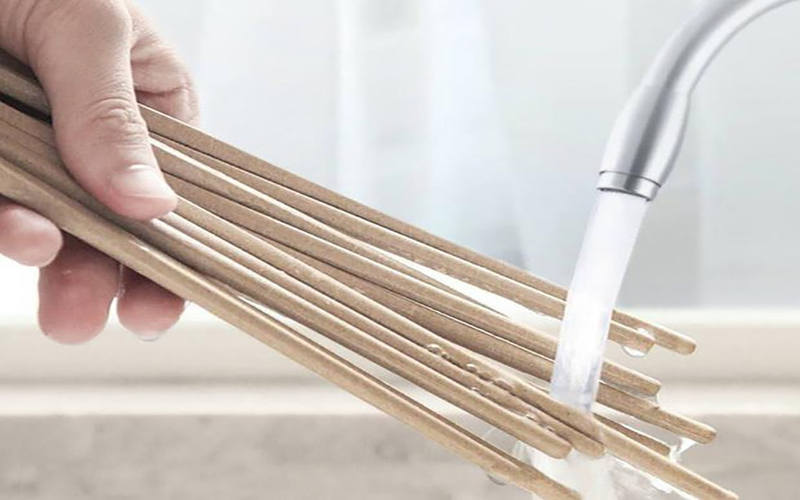
Inadequate cleaning and maintenance of wooden or bamboo chopsticks can lead to the development of mildew over time. This mildew can produce a toxic substance known as Aflatoxin B1, which has been linked to an increased risk of cancer, particularly liver cancer. Exposure to Aflatoxin B1 may result in severe symptoms, including vomiting, lung inflammation, seizures, coma, and even death due to brain and heart edema.
2 When to Discard Your Wooden or Bamboo Chopsticks
Mildew

It is common for families to store their chopsticks in drawers or chopstick holders without ensuring they are completely dry after washing. This creates a moist environment that promotes bacterial growth and, eventually, the formation of mildew on the chopstick surface.
Discoloration and Age

Prolonged exposure to moisture can cause wooden or bamboo chopsticks to turn darker and discolored. This is an indication that bacteria are thriving, and mildew may soon follow.
Cracks
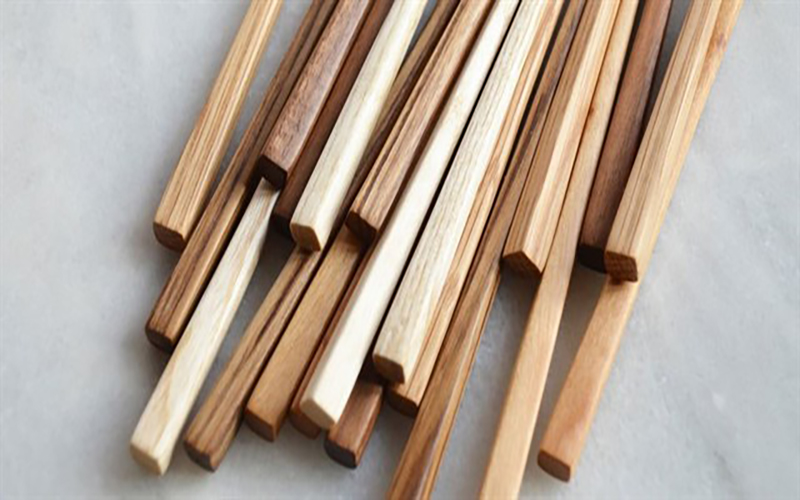
Cracks or scratches on chopsticks provide an ideal environment for harmful bacteria to flourish. Thorough cleaning of these crevices is challenging, so it is recommended to replace cracked or scratched chopsticks with a new pair.
Odor

If your chopsticks emit a sour odor even after washing, it is a sign of contamination or that they have exceeded their safe usage period. Bacteria on the chopsticks multiply rapidly, and continued use can lead to the ingestion of these bacteria along with your food, posing a significant health risk.
Disposable Chopsticks
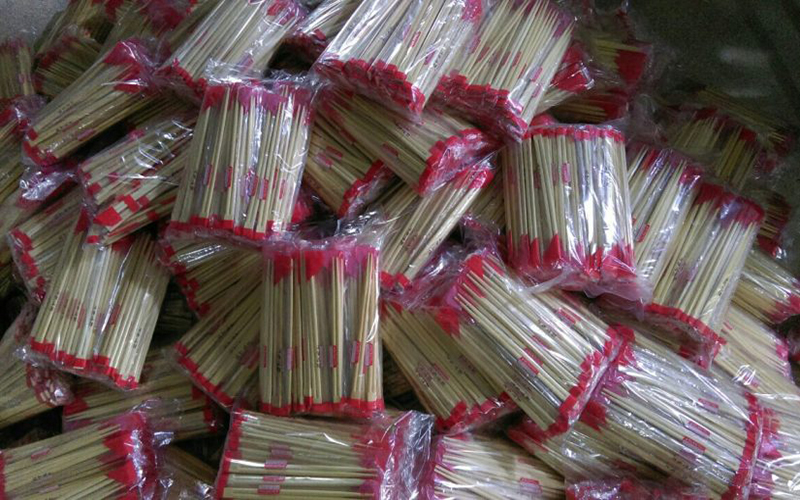
Experts advise against using disposable chopsticks, especially those imported from China. These chopsticks are often made with low-quality materials that are more susceptible to mildew and damage.
As a general rule of thumb, it is recommended to replace your chopsticks every 3 to 6 months. If you notice any of the above signs, don’t hesitate to get a new pair to ensure the health and safety of yourself and your family.


























